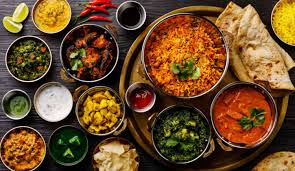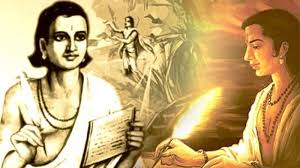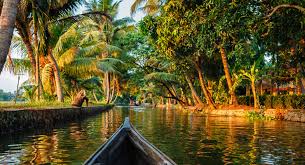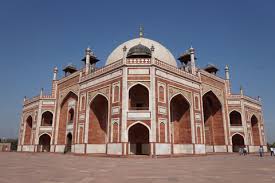Culinary Crossroads: A Delectable Journey Through India’s Border Regions
Where Flavors Converge and Cultures Intertwine Do you know that India’s border regions are a veritable melting pot of culinary traditions, where diverse cultures have intermingled and influenced each other’s cuisines? From the fiery curries of the Northeast to the unique blends of spices found in the Himalayan highlands, these regions offer a tantalizing tapestry of flavors that will leave your taste buds craving for more. Get ready to embark on a mouthwatering journey through India’s culinary crossroads, where every bite tells a story of cultural exchange, ingenious adaptations, and the harmonious fusion of flavors. The Fiery Fare of the Northeast Prepare to awaken your senses with the bold and fiery flavors of the Northeast, where the cuisines of states like Nagaland, Mizoram, and Meghalaya come together in a tantalizing symphony of spices and unique ingredients. You’ll be amazed by the ingenious use of locally-sourced herbs, greens, and fermented ingredients that give these dishes their distinct character. But wait, there’s more! You’ll be fascinated to learn about the influence of neighboring countries like Burma and China, which have left an indelible mark on the region’s culinary traditions, resulting in dishes like the famous Naga pork curry and the mouthwatering Mizo bamboo shoot delicacies. The Himalayan Highlands’ Culinary Tapestry Journey to the towering Himalayan ranges, where the cuisines of states like Himachal Pradesh, Uttarakhand, and Ladakh have evolved to cater to the harsh climatic conditions and the unique agricultural practices of the region. Prepare to be captivated by the unique blend of spices, the innovative use of locally-sourced ingredients like dried apricots and Himalayan herbs, and the hearty dishes that have sustained generations of mountain dwellers. Not only will you be amazed by the flavors, but you’ll also gain a deeper appreciation for the ingenious adaptations made by the local communities to thrive in these challenging environments. The Punjabi Frontier’s Culinary Heritage Venture into the vibrant Punjabi frontier, where the culinary traditions have been shaped by the region’s tumultuous history and the cultural influences of neighboring regions like Afghanistan and Central Asia. Prepare to be enthralled by the rich and buttery curries, the mouth-watering tandoori delicacies, and the unique blends of spices that have been perfected over centuries. But wait, there’s more! You’ll be fascinated to learn about the influence of the nomadic Gujjar and Bakarwal communities, whose pastoral traditions have left an indelible mark on the region’s culinary landscape, resulting in dishes like the famous Gujjar kadhi and the hearty Bakarwal gosht. The Coastal Confluence of Flavors Immerse yourself in the coastal culinary traditions of states like Gujarat, Maharashtra, and Karnataka, where the influence of diverse cultures and trade routes have resulted in a tantalizing fusion of flavors. Prepare to be captivated by the unique blends of spices, the ingenious use of seafood and coconut, and the vibrant array of vegetarian delicacies that have evolved over centuries of cultural exchange. Not only will you savor the flavors, but you’ll also gain insight into the rich maritime history of these regions and the tales of spice traders and seafarers that have shaped their culinary heritage. The Artisans of Flavor As you delve deeper into India’s culinary crossroads, you’ll be struck by the local communities’ ingenuity and passion and deep connection to the land and its bounty. From the skilled cooks who have mastered the art of blending spices to the farmers who have nurtured unique varieties of grains and vegetables, these artisans of flavor are the true custodians of India’s diverse culinary traditions. Savoring the Tapestry of Flavors As you bid farewell to this mouthwatering journey, remember that India’s border regions are not just geographical boundaries; they are vibrant tapestries woven with the threads of diverse cultures, traditions, and culinary heritage. Embrace the rich tapestry of flavors that these regions offer, and carry with you the memories of a journey that has undoubtedly enriched your palate, broadened your horizons, and deepened your appreciation for the incredible diversity that defines India’s culinary landscape.









